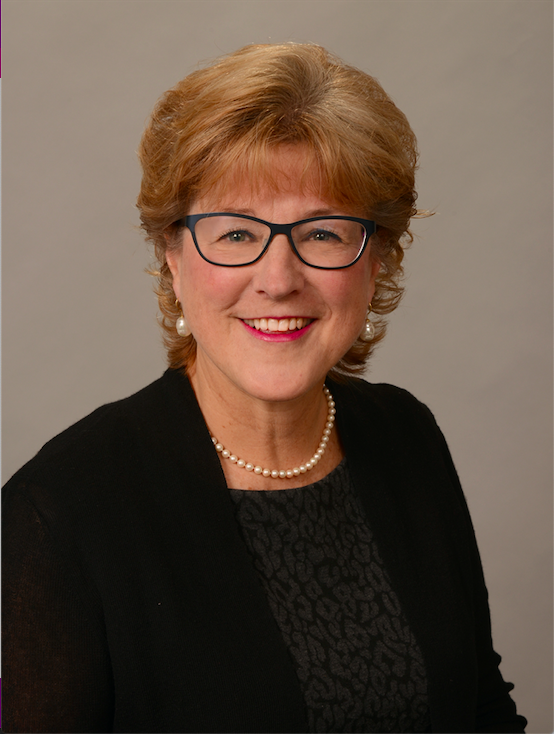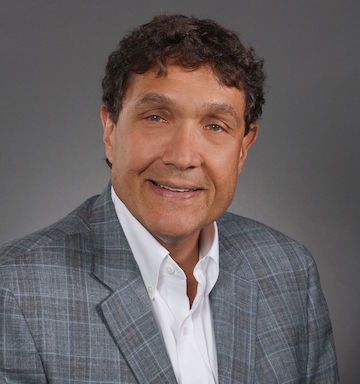Article
Dr Vamshi Rao Discusses Early Intervention and Treatment Choices in SMA
Author(s):
Early intervention for spinal muscular atrophy (SMA) is crucial to reduce disability due to the disease, said Vamshi Rao, MD, attending physician, Children’s Hospital of Chicago; assistant professor, Northwestern University Feinberg School of Medicine.
Early intervention for spinal muscular atrophy (SMA) is crucial to reduce disability due to the disease, said Vamshi Rao, MD, attending physician, Children’s Hospital of Chicago; assistant professor, Northwestern University Feinberg School of Medicine.
While there are a number of drugs available now for SMA, a delay in payer approval can prevent fast treatment for newborns who have undergone prenatal testing and newborn screening to confirm diagnosis, Rao told The American Journal of Managed Care® (AJMC®).
In part 1 of the interview, Rao discussed how novel disease-modifying therapies for SMA have changed the disease trajectory for patients and how patients are classified.
AJMC®: Early intervention is essential in the treatment of SMA, and the newborn screening has really expanded. How can we get to a point where we are able to offer treatment on day zero post birth? What would need to happen for this to become a reality?
Rao: Newborn screening has dramatically reduced the timing to treatment because of the diagnostic delays being shortened. To offer a newborn the treatment that they deserve the first day after birth, there would need to be a couple of things put into place. I think we would need confirmation of disease prior to birth. We are talking about prenatal testing. Prenatal testing is there. It is going on. It happens in quite a few instances that even we've been privy to. But a lot of times newborn testing needs to be confirmed after birth where you need to know whether the diagnosis is true diagnosis, and you need to also get a little bit more nuanced in terms of management, in terms of how many copies they have, for example. Not just knowing whether they have loss of SMN1 or not.
The other thing that you would like to know depending on which treatment to institute sometimes is to know whether they have titers of a certain virus that would make them eligible for one kind of treatment and their baseline liver health, and their baseline immunological numbers, including platelets and coagulation profile and things that you would monitor prior to instituting treatment. I think all those things can be done. I think those things can be turned around very fast. What we would need to do is to have labs that do confirmatory testing turn it around in a matter of hours rather than days. I think right now it is somewhere in the order of 3 to 5 days, which is still pretty good. But if you want somebody to be treated day zero, it has to be in the matter of hours.
That I think is not the biggest challenge. I think the biggest challenge goes back to what we were talking about earlier. If you knew somebody had SMA, and you knew what type of SMA, and you did all the paperwork that you needed for treatment, I think the greatest delay is payer approval of the drug. We are talking in orders of weeks in terms of magnitude with approval and treatment. That I think would be our biggest challenge in terms of really having somebody treated right after birth.
The other thing I would like to add is for a child to be considered a patient, for them to have paperwork started, I think right now the policy is that they have to be born and be established as an individual. I don't think you can have a child's paperwork for payer approval be done prior to their birth even though you know that the chance that they are going to have SMA is high.
AJMC®: What are the clinical considerations that you take into account when choosing between nusinersen, risdiplam, and onasemnogene abeparvovec (Zolgensma)? What's been your experience, if any, with patients who may have received sequential therapies? Do you think there is a role for adding risdiplam or nusinersen after gene therapy?
Rao: Nusinersen, risdiplam, and Zolgensma work by different mechanism of action, and they are dosed differently. Clinical considerations are really nuanced or have to be fine-tuned to the child receiving the drug or the individual, I should say, receiving the drug and the drug itself.
For example, nusinersen which is approved for all types and ages for SMA, the clinical consideration requires examination of the spine and the ability of the ease of delivering the drug, because the drug is delivered intrathecally. The drug is delivered as loading doses in 2 months initially, and then every 4 months it needs to be given as a maintenance dose. This drug does require blood and urine monitoring for coagulation parameters and kidney functions, respectively. There is that part to the nusinersen in clinical consideration.
Whereas with risdiplam, which is also approved for all ages and types. It is dosed orally. You need to know that it's dosed orally and daily, and it's based on weight. Folks also need to know that male patients need to be counseled that fertility may be compromised and they may need sperm preservation. Adverse events that have been reported that people need to know are fever, diarrhea, and rash, with risdiplam. That goes into sort of thinking about risdiplam for an individual with SMA.
For Zolgensma, which is dosed as an intravenous formulation and as one dose only and approved for children under 2 years of age, people need to know that you have to institute steroids before the infusion. Also, you need to stay on that steroid dose, which can be tapered and weaned off in the first 2 months depending on what the liver function looks like. Monitoring for liver function is very important, because there is a warning that liver dysfunction or failure is a clinical consideration.
I think when patients select a drug, it's a shared decision-making model between the treatment provider and the patient, or the family, and a discussion of all these medications and choosing the right medication for the child or the individual. As far as my experience with patients who may have received sequential therapies. In my experience and opinion, I should say, sequential therapies may be required if the disease trajectory either does not improve at all with one drug or improves but not to the extent that we desire or hypothesize with one drug.
At our institution we have treated a few patients with sequential therapy. We have seen improvements, but one of the questions that looms really large, I have to say, is what percentage of that improvement was due to the second drug or continued improvement due to the first drug? I think where we find our field right now is we need really well-designed clinical trials or real-world studies, prospectively, that are evaluating functional measures and detail so we can look at the effect of 1 drug or 1 plus 1 drug, and how do we then parse out functional improvement of the second drug after the first drug was used? I think we definitely need more data there before we can answer that question.
As far as adding risdiplam or nusinersen after gene therapy, I think it goes back to what a disease trajectory would look like after one is treated with Zolgensma. I think if the functional outcome measures show that the treatment was either minimally effective or that disease progression is relentless, I think we take an individualized look, and if the patient does look like they would improve with the second drug, I think adding nusinersen or risdiplam might be indicated in that situation.
AJMC®: What are you working on in SMA that you are excited to share?
Rao: We, as an institution and a group, are working on multiple aspects of SMA research. I think our overall goals are to improve SMA care. The way we are doing it is 2-fold. We are trying to do things as a center or an investigator-initiated project. At the same time, we are also participating in multicenter clinical trials with my really smart colleagues from around the country and the world.
At an institutional level, we are looking at biomarkers in SMA, in general, in addition to time function testing for later-onset SMA. We are also looking into speech and communication solutions for our very severely affected children who have weakness in muscles of speech and swallow. We are trying to see how can we not only measure that, but also make it better. That really is our overall philosophy in terms of trying to understand where we find ourselves, which is this new and sort of evolving phenotype or landscape of SMA and trying to not only understand what is an age-appropriate test to measure change but when we find that change, what is a solution to sort of making a change that is not desirable better and also to continue something that is along the right trajectory. Our overall goal is to really, really decrease disability due to SMA.


